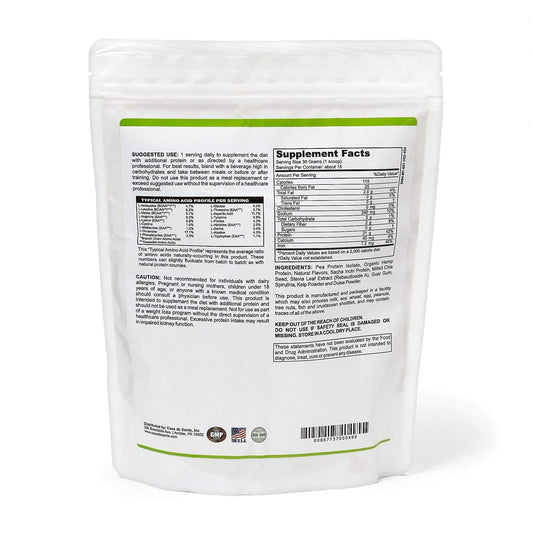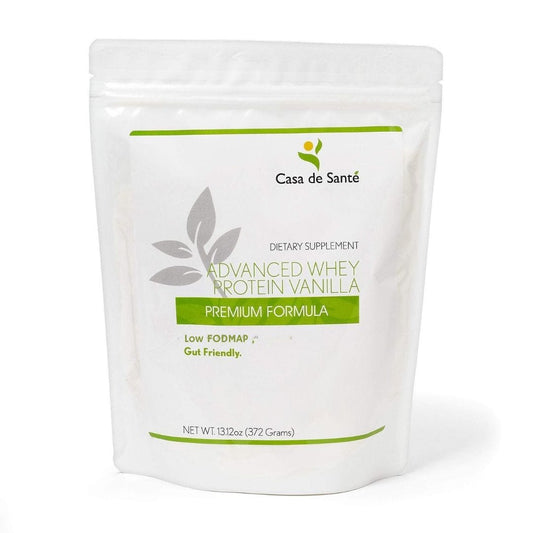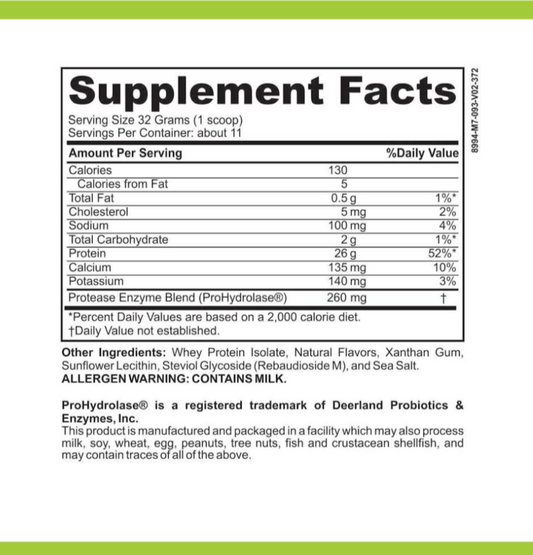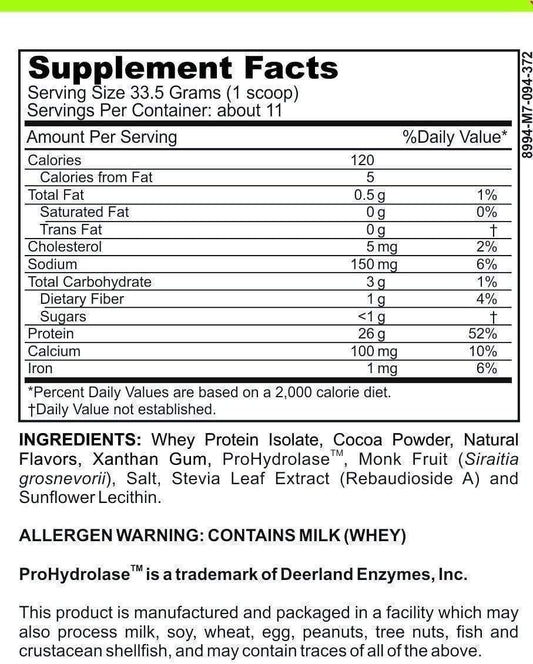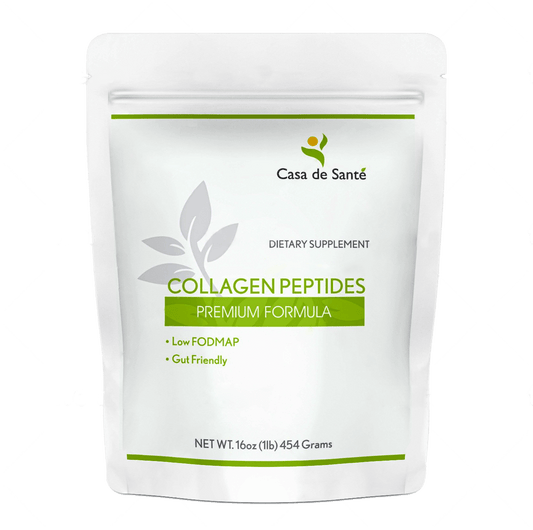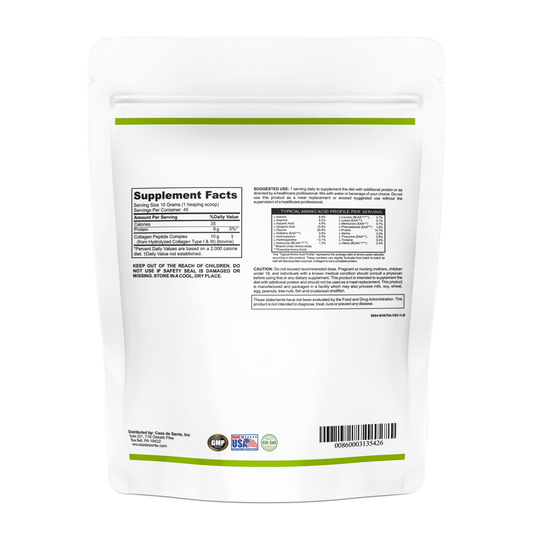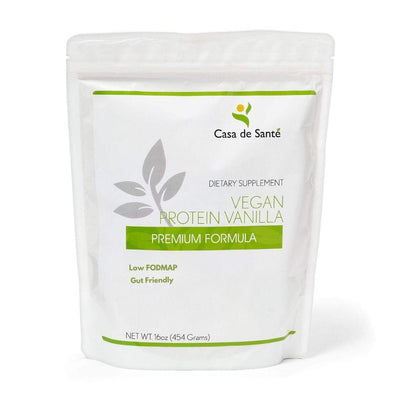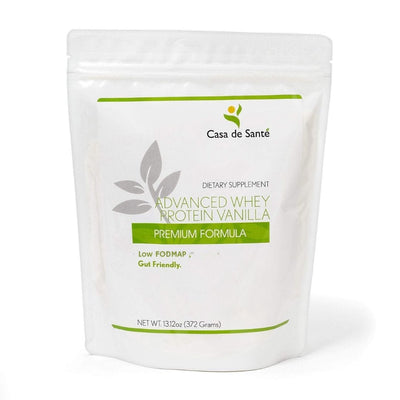The 7 Best Food Sensitivity Tests for Accurate Results in 2025
The 7 Best Food Sensitivity Tests for Accurate Results in 2025
Navigating food sensitivities can feel like solving a complex puzzle. Those mysterious headaches, digestive issues, or skin flare-ups might be your body's way of flagging certain foods as problematic. As we move into 2025, food sensitivity testing has evolved significantly, offering more accurate and accessible options than ever before. Whether you're dealing with persistent symptoms or simply want to optimize your diet, finding the right test is crucial for meaningful results.
The market is flooded with options, from at-home test kits to comprehensive lab panels, making it challenging to determine which tests truly deliver on their promises. This guide cuts through the noise to present the seven most reliable food sensitivity tests available this year, helping you make an informed decision about which option best suits your health needs and lifestyle.
Understanding Food Sensitivity Testing
Before diving into specific tests, it's important to understand what food sensitivity testing actually measures. Unlike food allergies (which can be life-threatening and involve IgE antibodies) or celiac disease (an autoimmune response to gluten), food sensitivities typically involve delayed reactions that can occur hours or even days after consuming trigger foods. These reactions are often related to IgG antibodies or other immune responses.
Most food sensitivity tests measure immunoglobulin G (IgG) antibodies, which your body produces in response to foods it may be sensitive to. Some tests also examine other markers like IgA antibodies or cellular responses. The scientific community remains somewhat divided on the clinical relevance of IgG testing, but many practitioners and patients report significant symptom improvement when eliminating foods identified through these tests.
At-Home vs. Lab-Based Testing
Food sensitivity tests generally fall into two categories: at-home test kits and lab-based testing ordered through healthcare providers. At-home tests offer convenience and privacy, allowing you to collect samples (usually blood via finger prick, hair, or saliva) without leaving your house. Lab-based tests, while requiring a visit to a collection facility, often provide more comprehensive analysis and may be covered by insurance in some cases.
What to Look For in a Quality Test
When evaluating food sensitivity tests, consider factors like the number of foods tested, the testing methodology, scientific validation, customer support, and whether the results include actionable recommendations. The best tests not only identify potential trigger foods but also guide you through elimination protocols and reintroduction strategies to confirm your results through real-world experience.
The 7 Best Food Sensitivity Tests for 2025
After reviewing dozens of options on the market, these seven tests stand out for their accuracy, comprehensive analysis, and value. Each offers unique advantages depending on your specific needs and budget.
1. Everlywell Food Sensitivity Test
Everlywell continues to lead the at-home testing market in 2025 with their refined Food Sensitivity Test. This finger-prick blood test measures IgG reactivity to 96 common foods across diverse food groups. What sets Everlywell apart is their clear, actionable results dashboard and physician-reviewed guidance on implementing an elimination diet based on your specific findings.
The company has invested heavily in their laboratory partnerships, ensuring consistent quality control and reliable results. Their mobile app now includes a symptom tracker that helps correlate food reintroductions with any reactions, making it easier to confirm your true sensitivities. At $199, it's moderately priced for the comprehensive analysis provided, and they frequently offer promotions that bring the cost down further.
2. Viome Gut Intelligence Test
Viome takes a different approach to food sensitivity by analyzing your gut microbiome through stool sampling rather than measuring antibodies. Their 2025 Gut Intelligence Test uses advanced RNA sequencing to identify microorganisms in your digestive system and assess how they interact with different foods. This approach is particularly valuable because it examines the root causes of food sensitivities rather than just the symptoms.
The test provides over 300 food recommendations categorized as "enjoy," "minimize," or "avoid" based on your unique gut ecosystem. Viome's algorithm has been refined over years of data collection, making their predictions increasingly accurate. At $249, it's an investment, but the comprehensive insights into both food sensitivities and overall gut health make it worthwhile for those with complex digestive issues.
3. Genova Diagnostics IgG Food Antibody Assessment
For those seeking clinical-grade testing, Genova Diagnostics offers one of the most respected laboratory options available. Their IgG Food Antibody Assessment requires a blood draw at a medical facility but delivers exceptionally detailed results for 87 commonly consumed foods. The test measures all four subtypes of IgG antibodies (IgG1-4), providing more nuanced information than many competitors.
What makes Genova stand out in 2025 is their enhanced practitioner support system. While this test requires ordering through a healthcare provider, the company now offers virtual consultations with registered dietitians who can help interpret your results if your primary provider isn't experienced with food sensitivity testing. Pricing varies based on provider markup, but expect to pay between $300-$400.
Specialized Testing Options
4. Cell Science Systems ALCAT Test
The ALCAT (Antigen Leukocyte Cellular Antibody Test) from Cell Science Systems takes a unique approach by measuring cellular reactions rather than antibodies. This blood test observes how your white blood cells respond when exposed to various food extracts, identifying sensitivities through cellular changes that may not show up on antibody tests.
In 2025, Cell Science Systems has expanded their testing panels to include over 450 substances, including foods, food additives, environmental chemicals, molds, and medicinal herbs. Their most comprehensive panel is expensive at around $1,100, but they offer smaller, more targeted panels starting at $395. The ALCAT is particularly valuable for those who suspect sensitivities to food additives or environmental compounds alongside whole foods.
5. YorkTest Premium Food Sensitivity Test
YorkTest has made significant strides in the European market and has now expanded their presence in North America with their Premium Food Sensitivity Test. This finger-prick blood test examines IgG reactions to 208 foods and ingredients, making it one of the most comprehensive panels available directly to consumers.
What distinguishes YorkTest in 2025 is their improved nutritional consultation service. Each test includes two 30-minute sessions with a registered nutritional therapist who helps you interpret results and develop a personalized elimination diet. Their newly updated food diary app also helps track symptoms as you reintroduce foods. At $399, it's on the higher end for at-home testing, but the extensive food panel and professional support justify the cost for many users.
Budget-Friendly Options
6. Check My Body Health Essential Intolerance Test
For those on a tighter budget, Check My Body Health offers their Essential Intolerance Test at a remarkably accessible price point of $69. This hair sample test examines potential sensitivities to 70 common foods using bioresonance technology. While hair testing is considered less conventional than blood testing in the scientific community, many users report meaningful symptom improvement when following the test's recommendations.
The company has improved their testing methodology for 2025, implementing more rigorous quality controls and expanding their food database. Their results now include a four-week meal plan that automatically excludes your trigger foods, making the elimination process more manageable. For those new to food sensitivity testing or working with limited funds, this provides a practical starting point.
7. Pinnertest Food Intolerance Test
Pinnertest has established itself as a reliable mid-range option, offering a streamlined food intolerance test that focuses specifically on IgG reactions to 200 foods. Their finger-prick blood test has been refined for 2025 with faster processing times, now delivering results within 5-7 days of sample receipt.
What makes Pinnertest stand out is their straightforward approach—results are clearly categorized as no reaction, mild, moderate, or severe intolerance, without overwhelming users with complex scientific data. Their newly launched mobile app now includes barcode scanning functionality that alerts you when shopping if a product contains your trigger foods. At $249, it offers excellent value for the number of foods tested.
Making the Most of Your Food Sensitivity Test Results
Regardless of which test you choose, the true value comes from how you implement the findings. Food sensitivity testing should be viewed as a starting point rather than a definitive diagnosis.
The Elimination and Reintroduction Process
The gold standard for confirming food sensitivities is still the elimination diet followed by systematic reintroduction. After receiving your test results, work with a healthcare provider or nutritionist to remove identified trigger foods for 3-4 weeks. Then, reintroduce them one at a time, monitoring for symptoms. This process helps confirm which foods are truly problematic for you and which may have been false positives on the test.
Considering the Limitations
It's important to acknowledge that food sensitivity testing has limitations. False positives and negatives can occur, and sensitivity levels can change over time as your gut health evolves. The best approach is to use these tests as one tool in your overall health strategy, combining the results with symptom tracking and professional guidance.
Additionally, if you suspect severe food allergies (which can cause anaphylaxis) rather than sensitivities, consult with an allergist for appropriate IgE testing instead of relying on these sensitivity tests.
Final Thoughts
Food sensitivity testing has come a long way, and the options available in 2025 offer more precision and actionable insights than ever before. Whether you choose Everlywell's user-friendly approach, Viome's gut microbiome analysis, or one of the other excellent options on this list, these tests can provide valuable clues about how your body responds to different foods.
Remember that identifying food sensitivities is just one piece of the wellness puzzle. The ultimate goal is to develop a personalized nutrition plan that reduces inflammation, supports gut health, and helps you feel your best. With the right testing tool and a methodical approach to implementing the results, you can take meaningful steps toward resolving chronic symptoms and optimizing your diet for long-term health.


